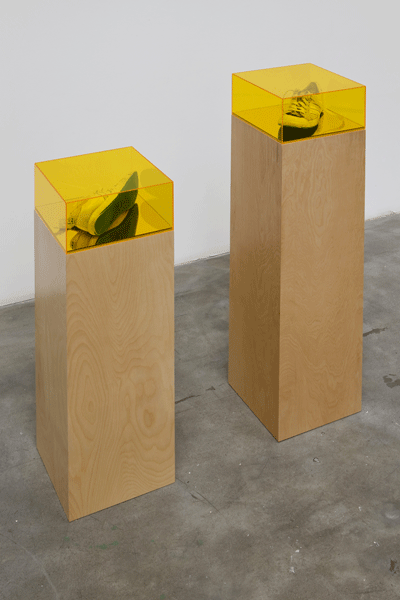
Then, Last Time IV, 1985, Oil on canvas, 259,1 x 200 cm
Joan Mitchell, The Last Paintings, 3 February-28 April 2012
Hauser & Wirth London
“My paintings aren’t about art issues. They’re about a feeling that comes to me from the outside, from landscape. […] Paintings aren’t about the person who makes them, either. My paintings have to do with feelings”. Joan Mitchell, 1974
Mitchell was born in Chicago and in 1950 moved to New York where she was one of the few female artists to participate in seminal exhibitions alongside prominent Abstract Expressionists such as Willem de Kooning, Jackson Pollock and Franz Kline. In 1959, Mitchell relocated to France. She stayed in Paris for eight years before she moved to Vétheuil where she remained for the last 25 years of her life, producing dynamic paintings despite such momentous events as the loss of close family, friends and her long battle with cancer that took her life in 1992.














